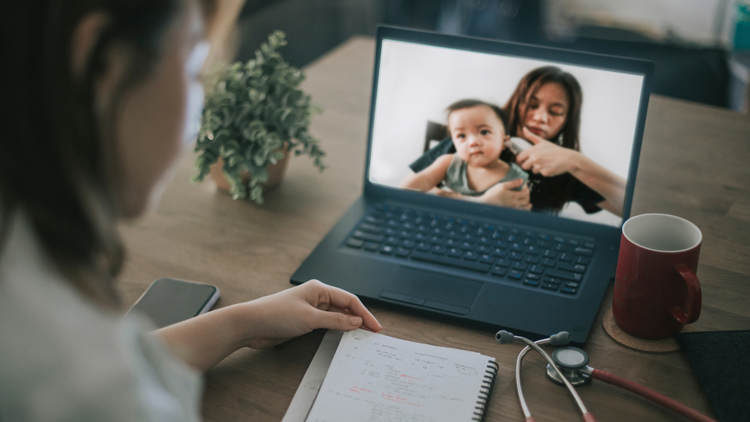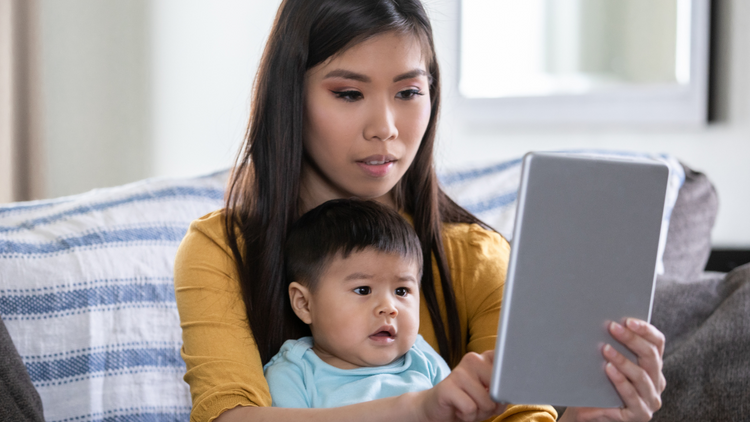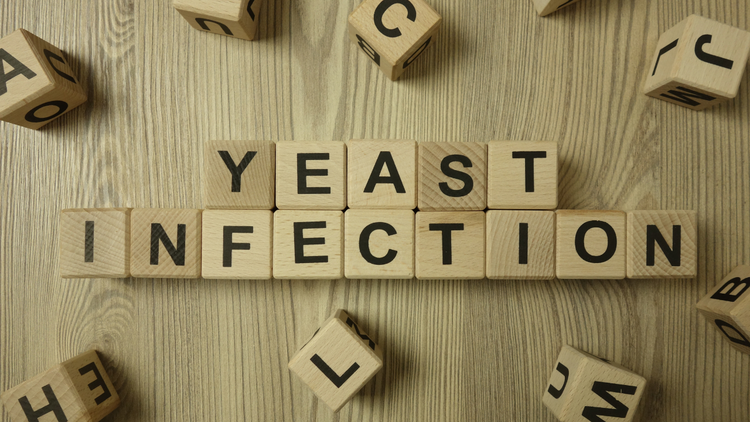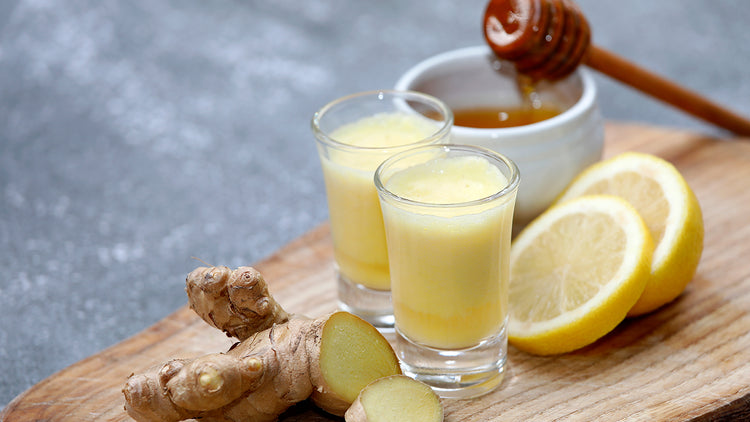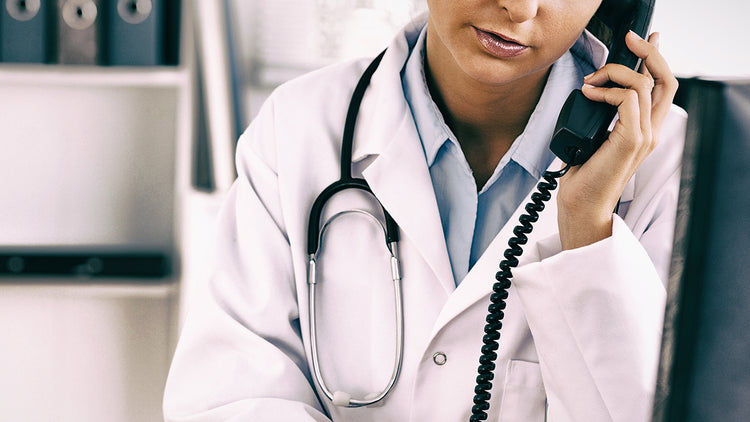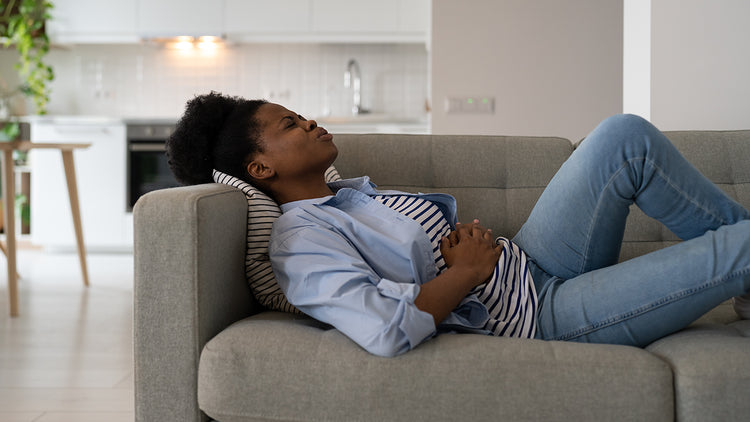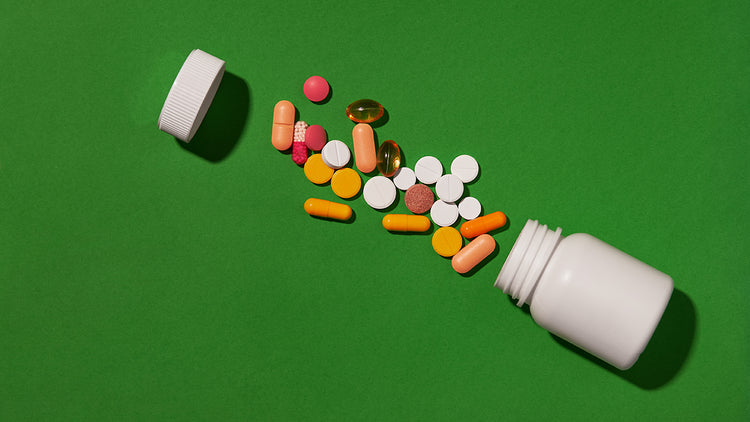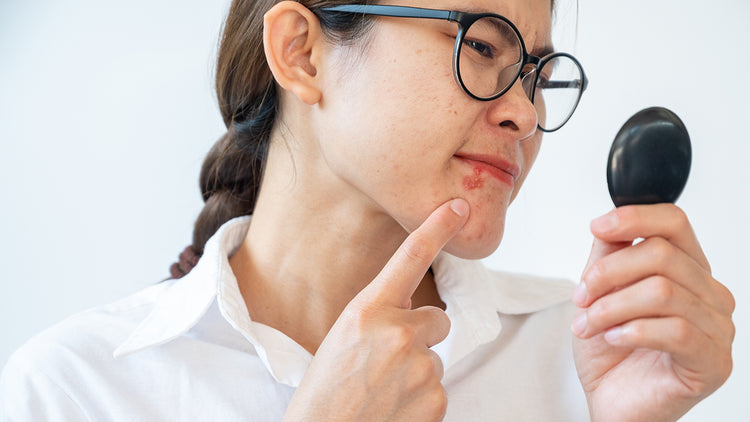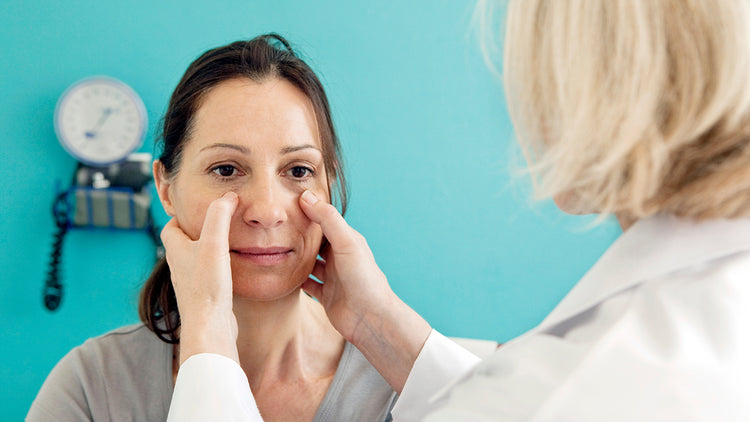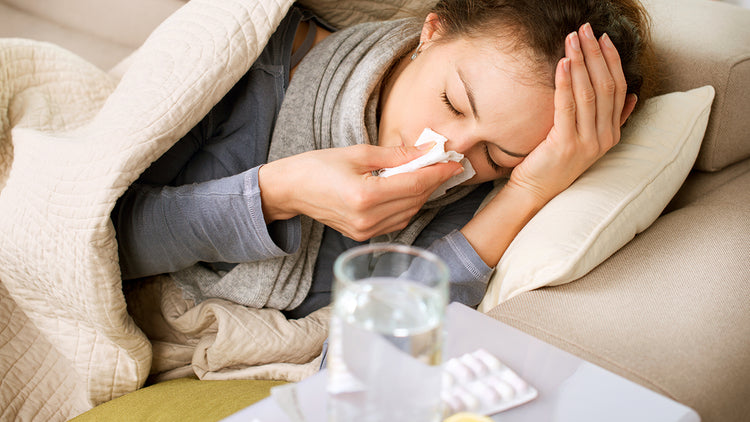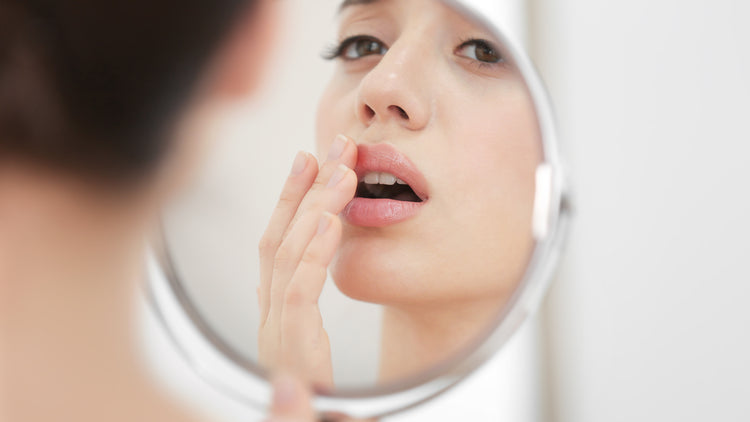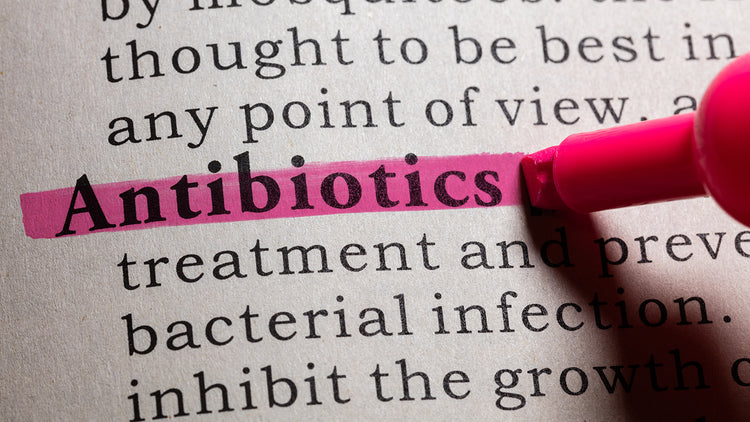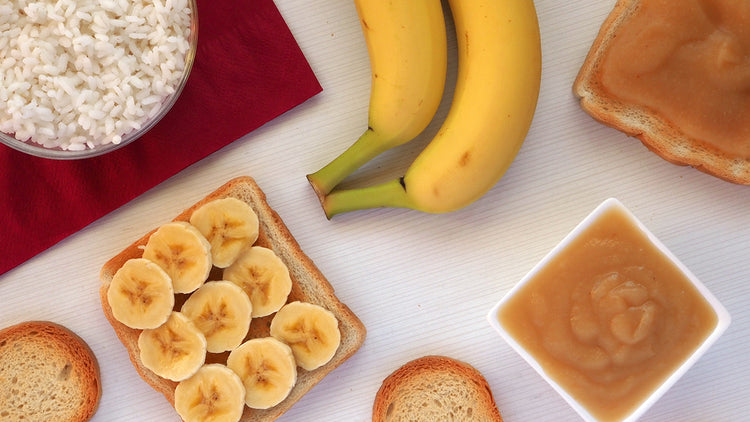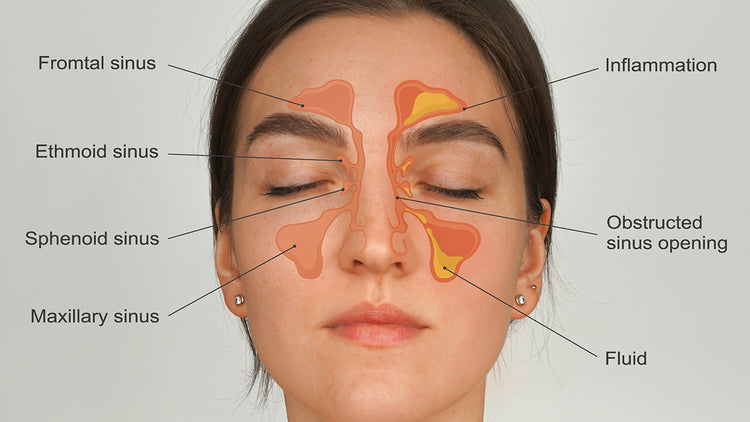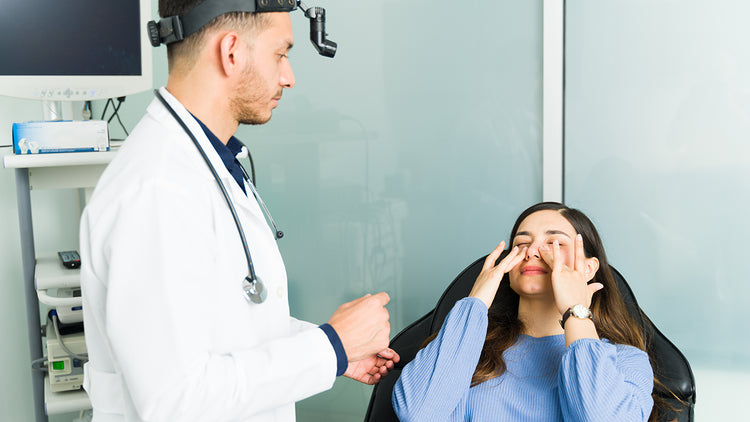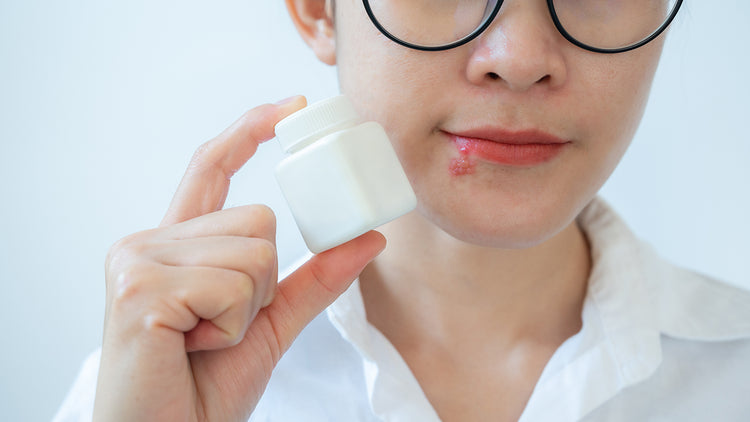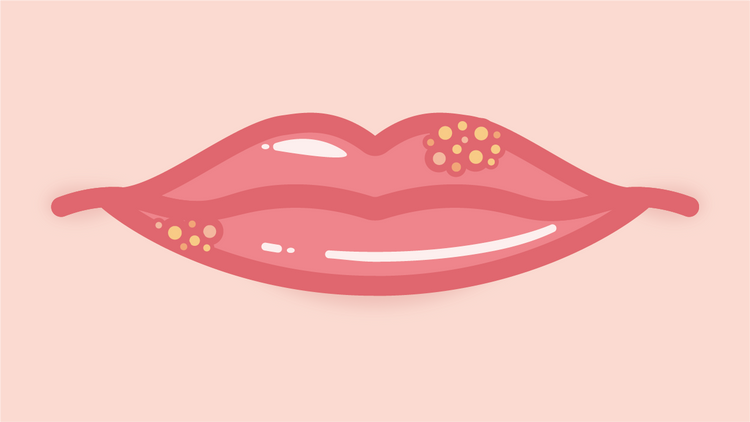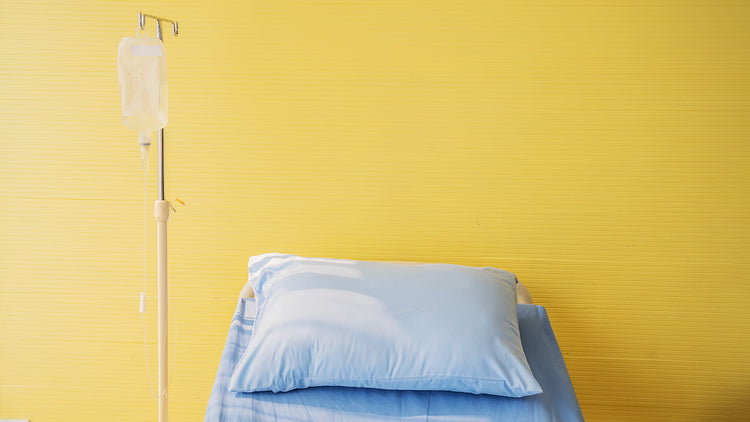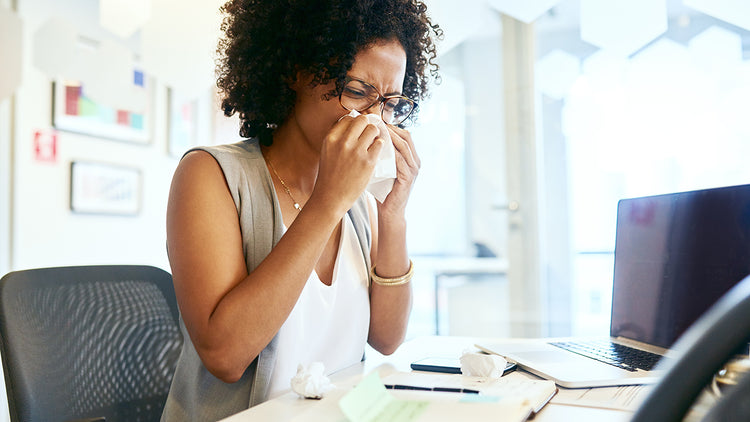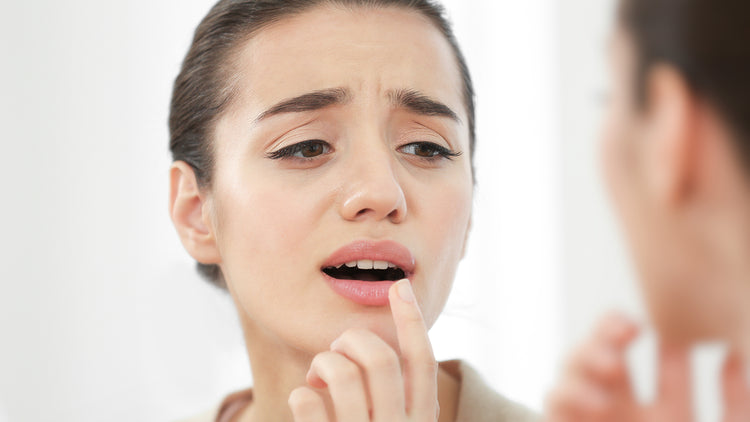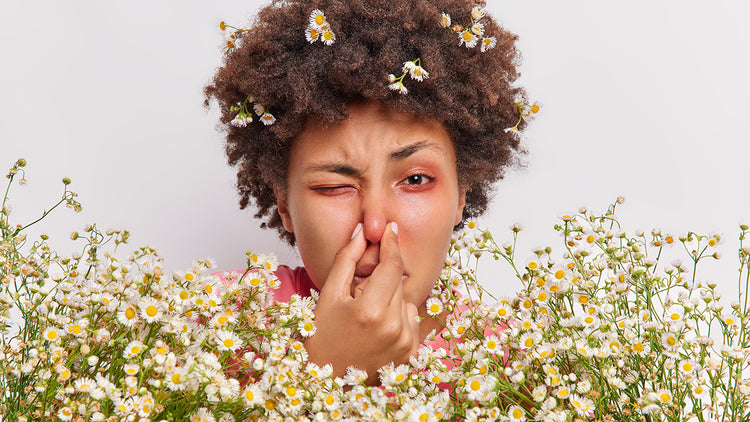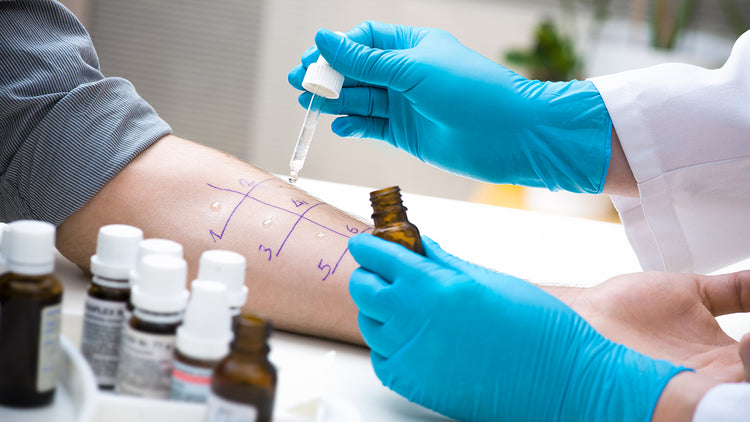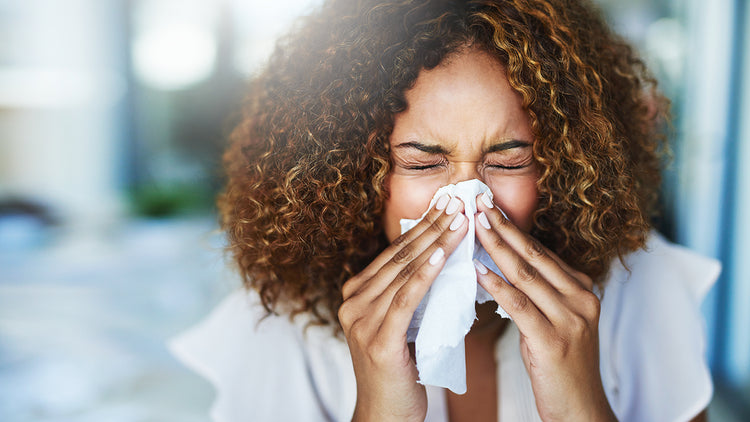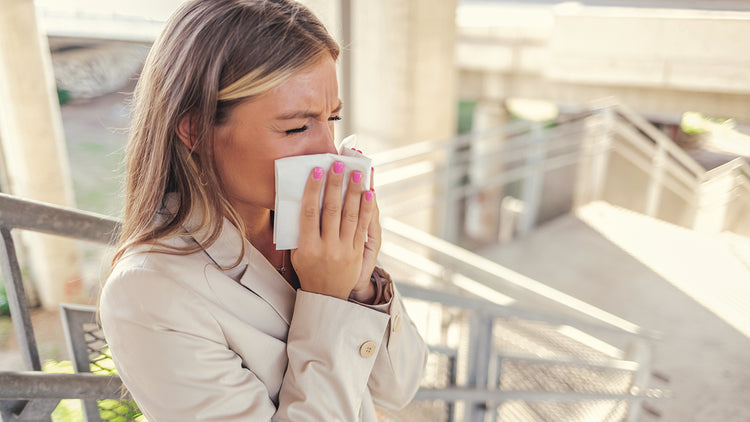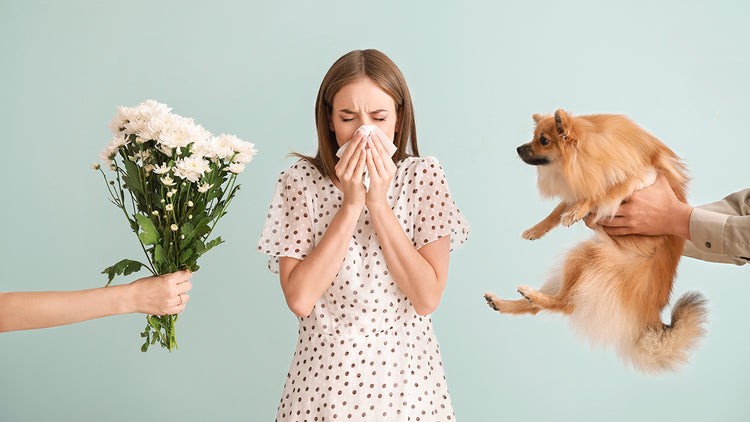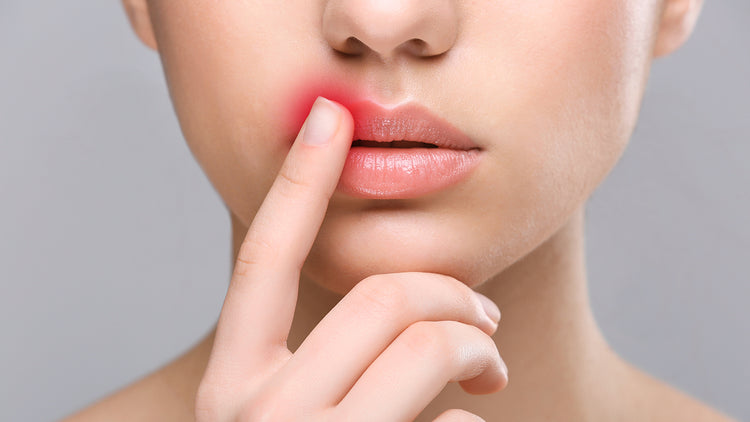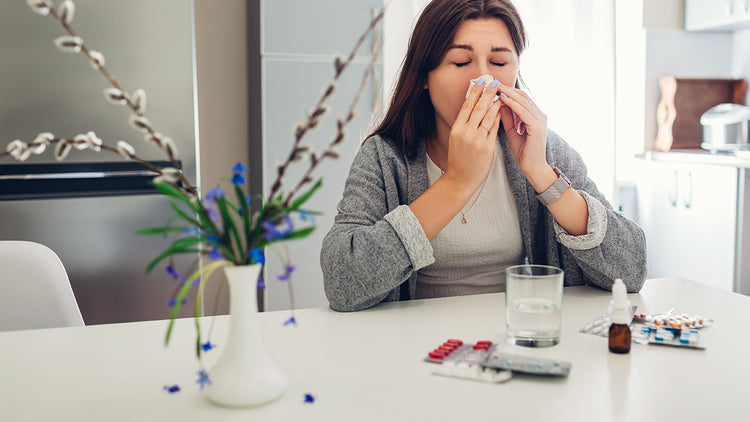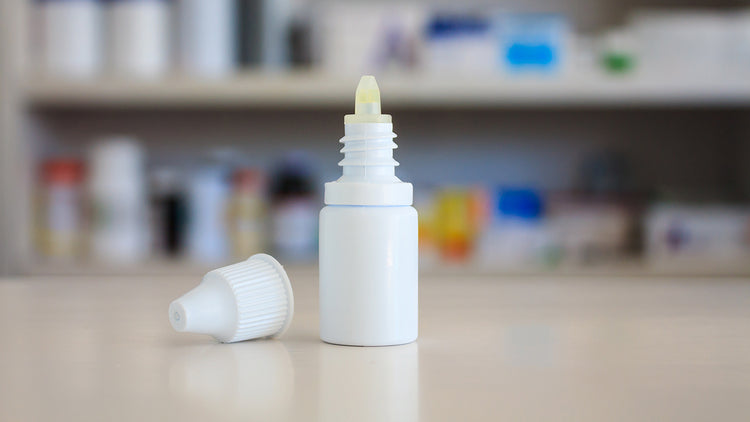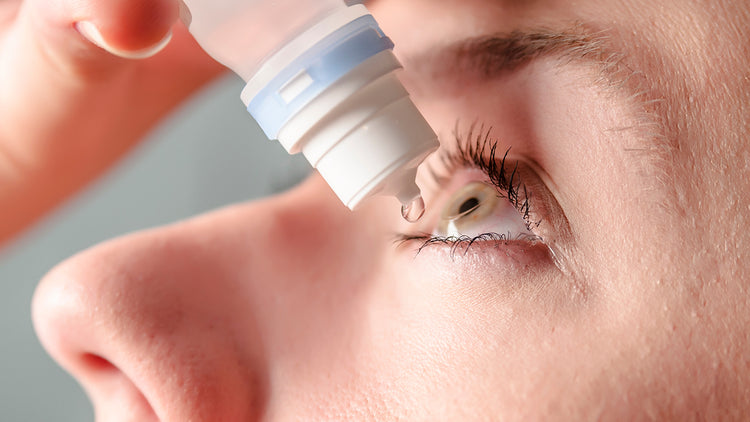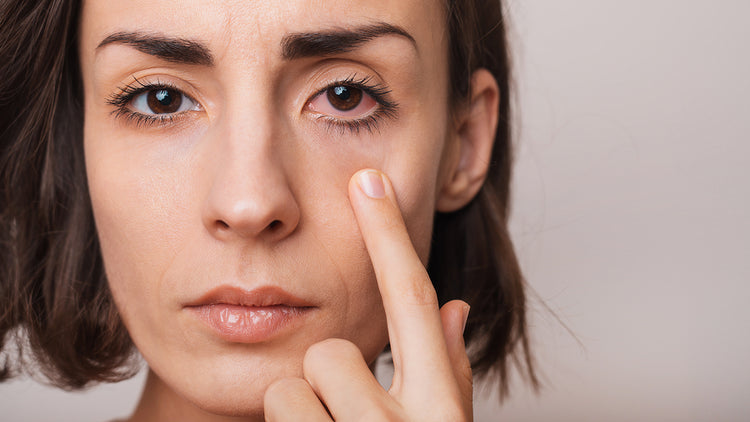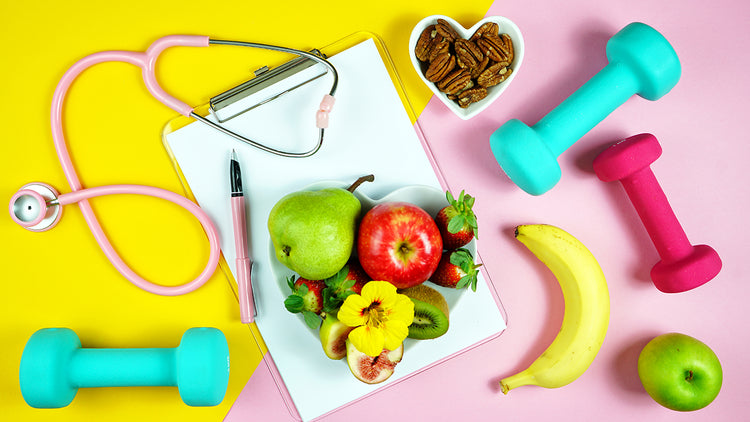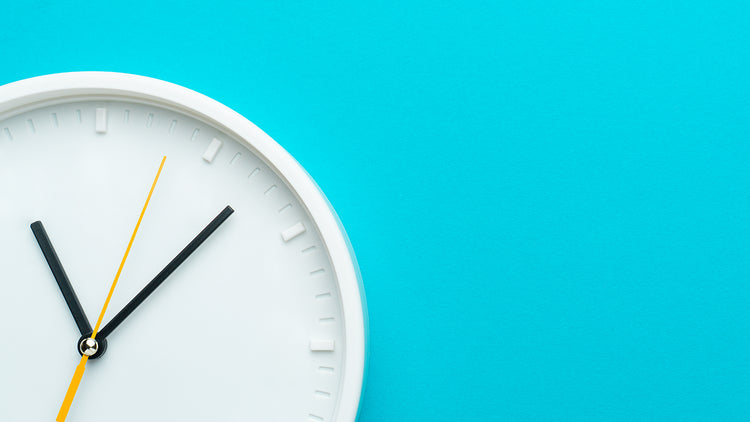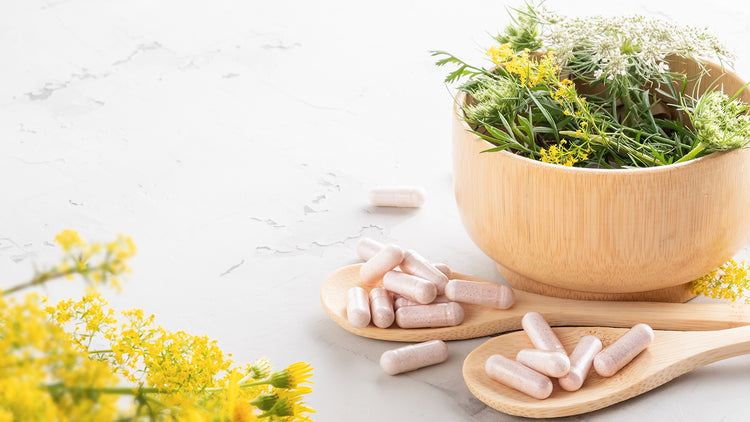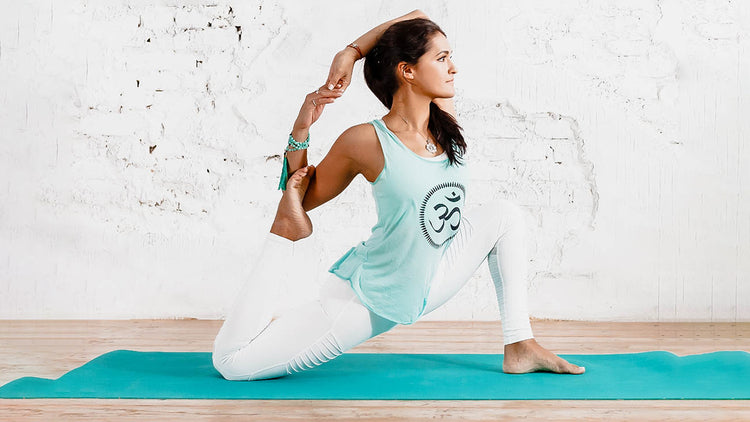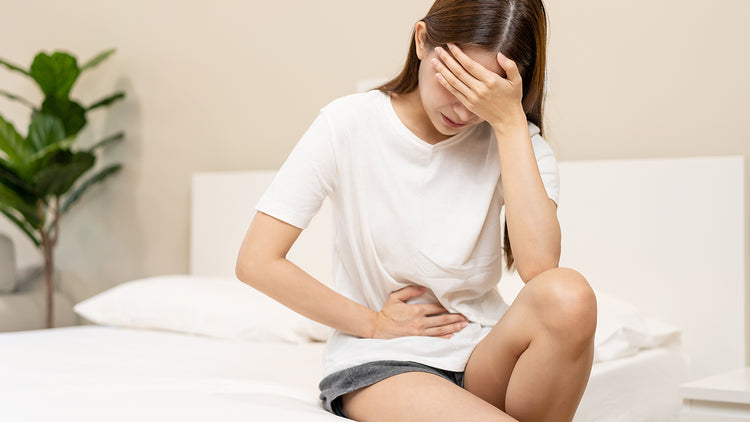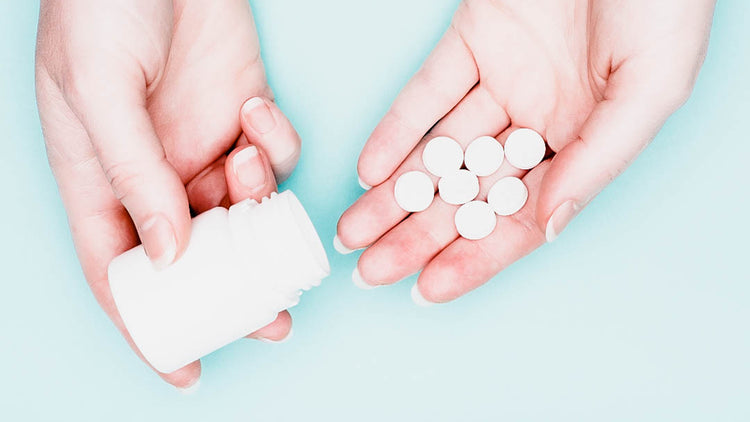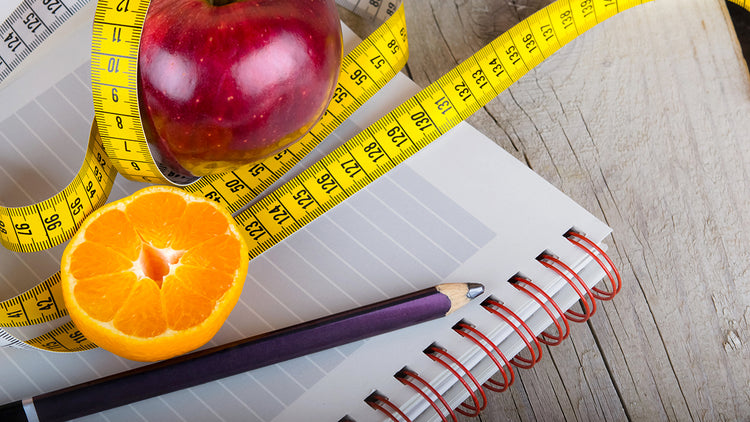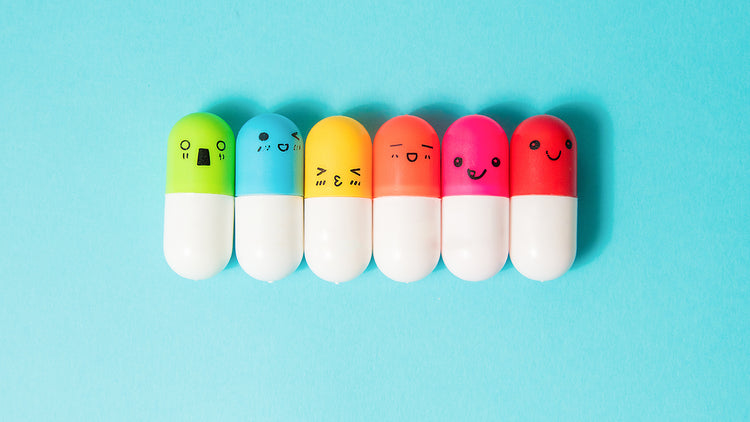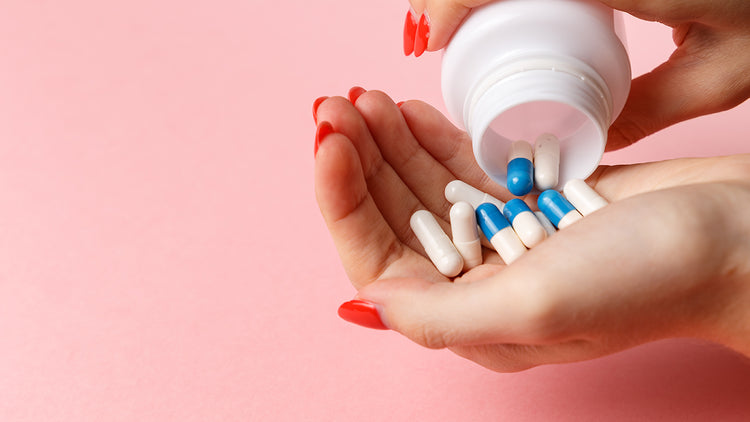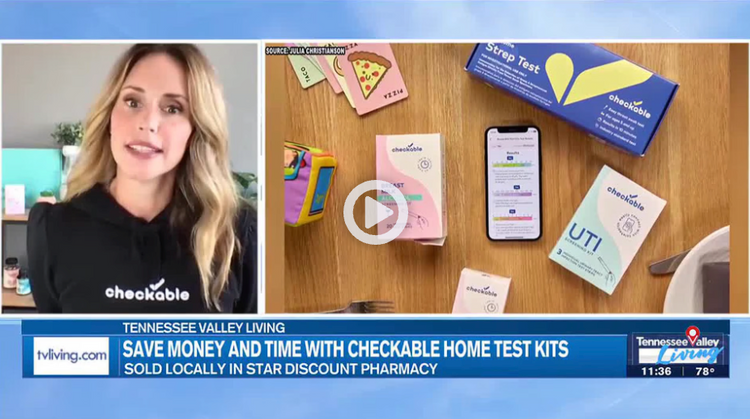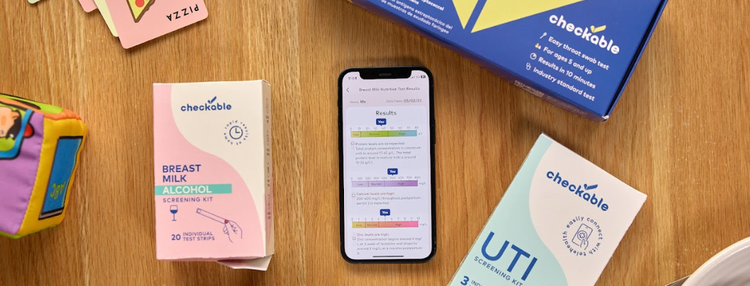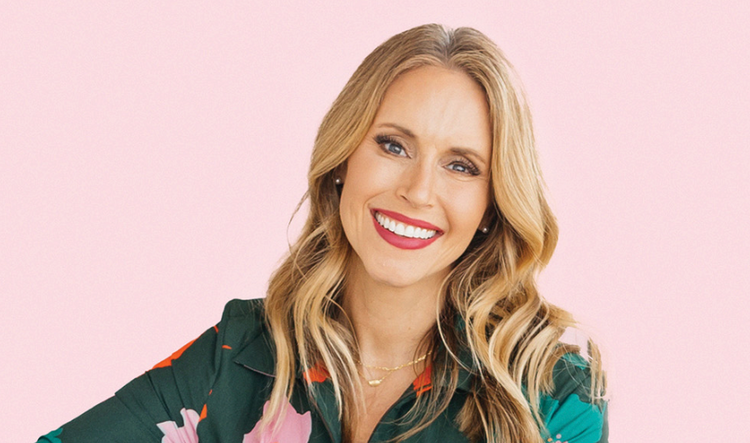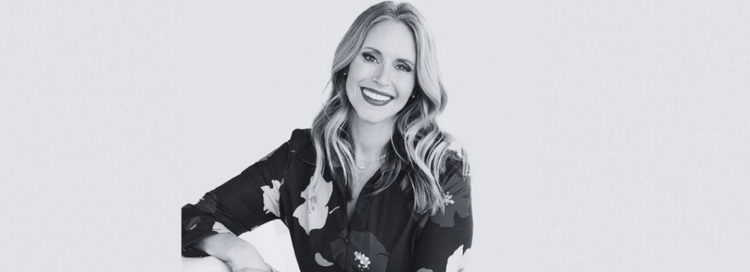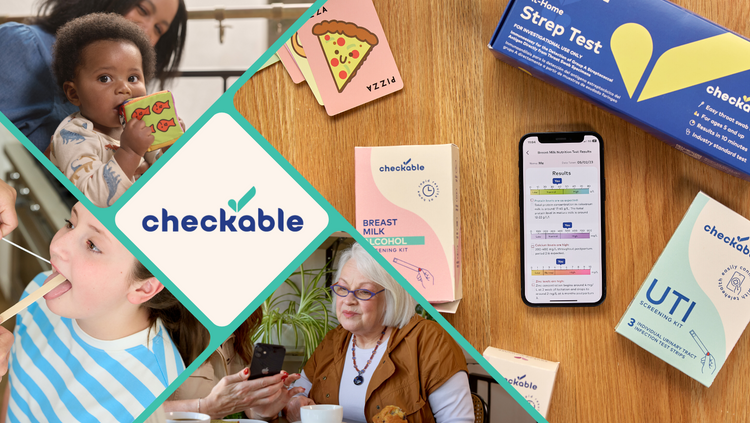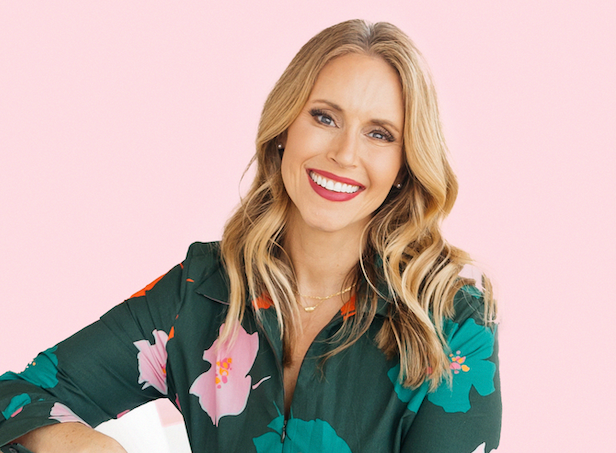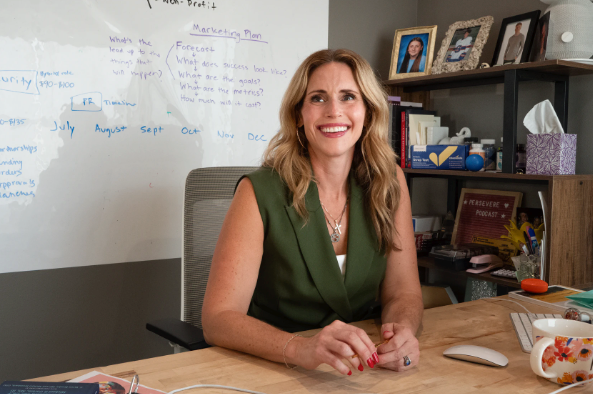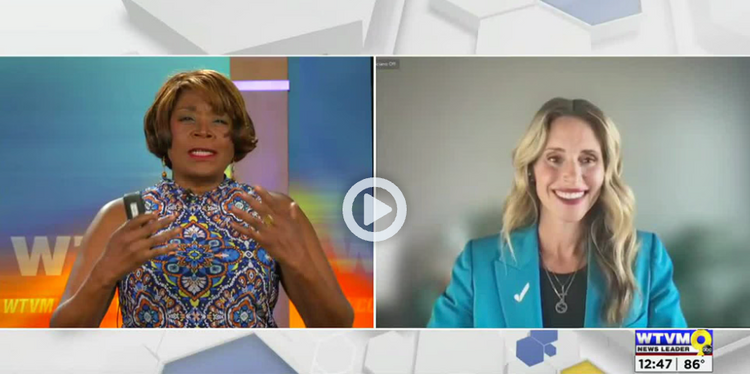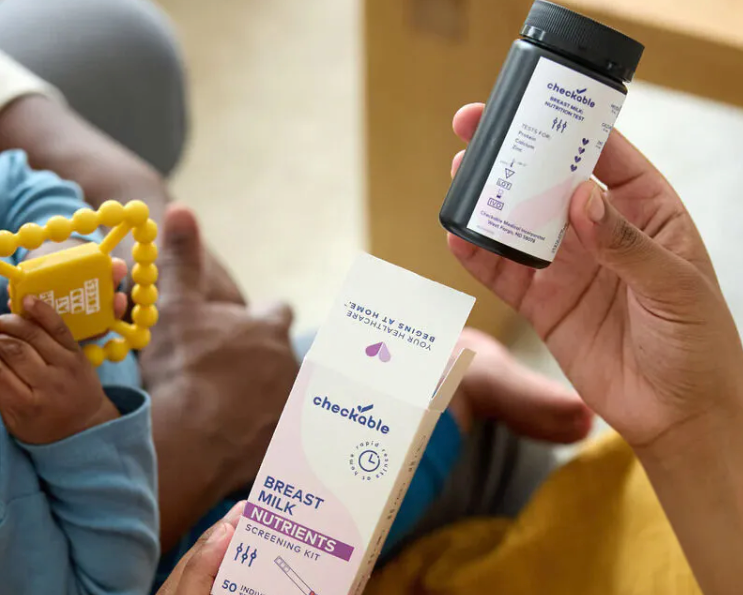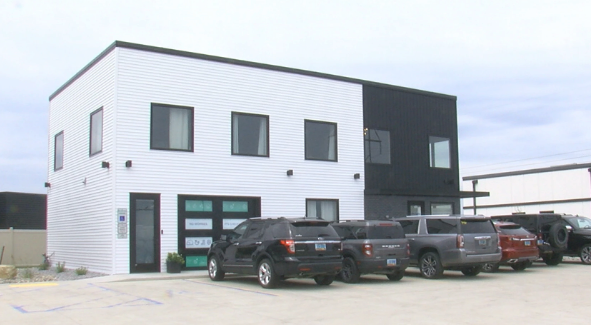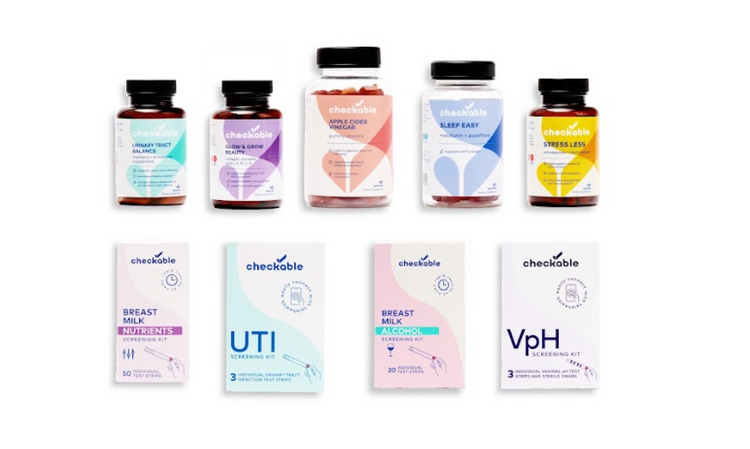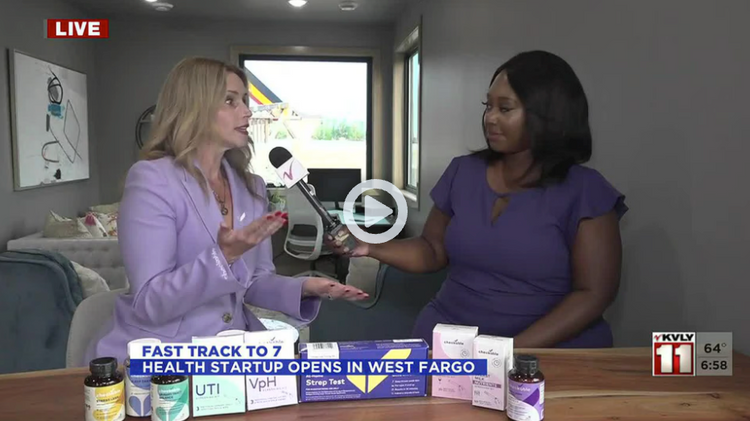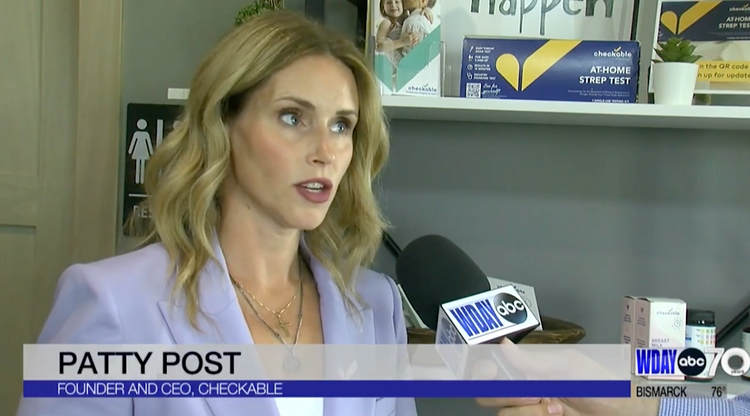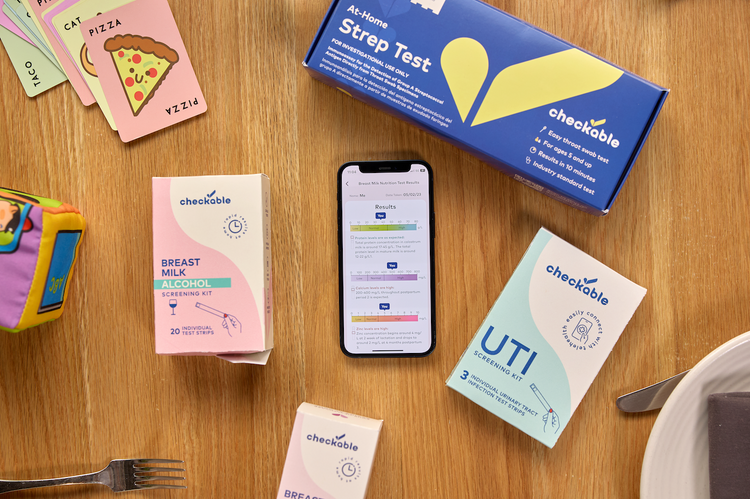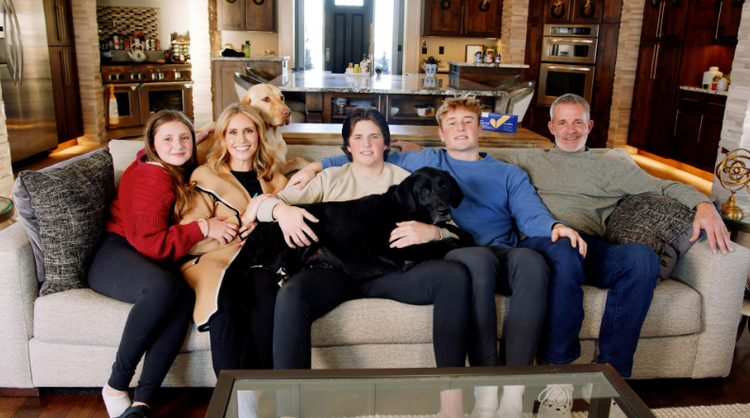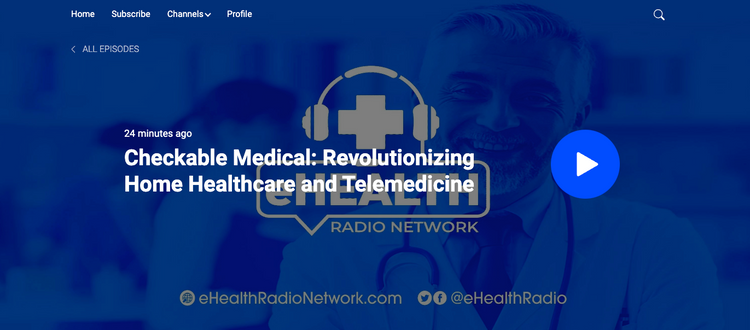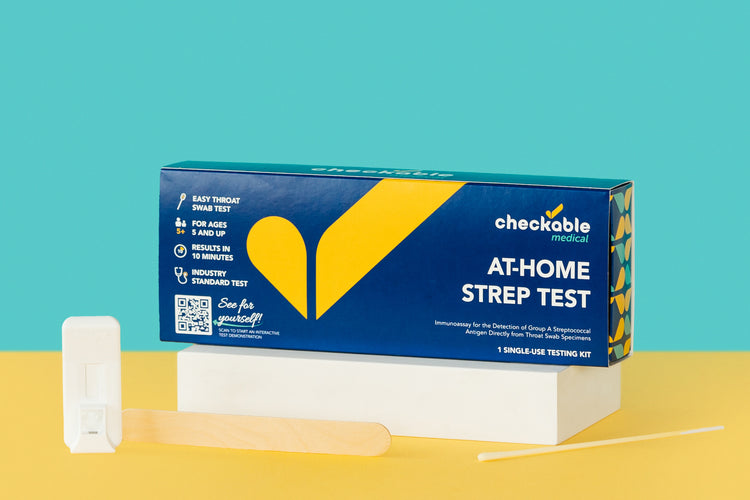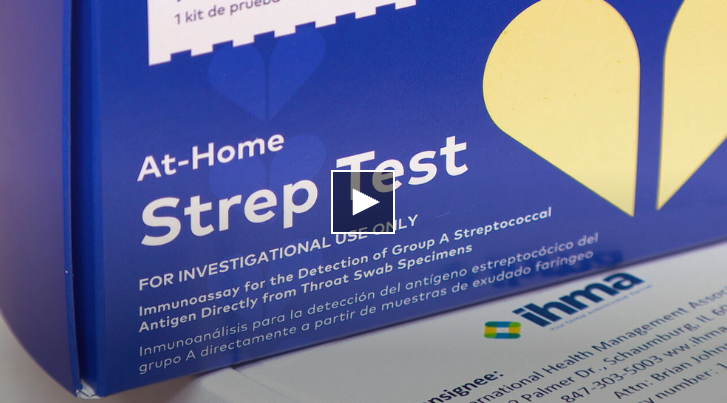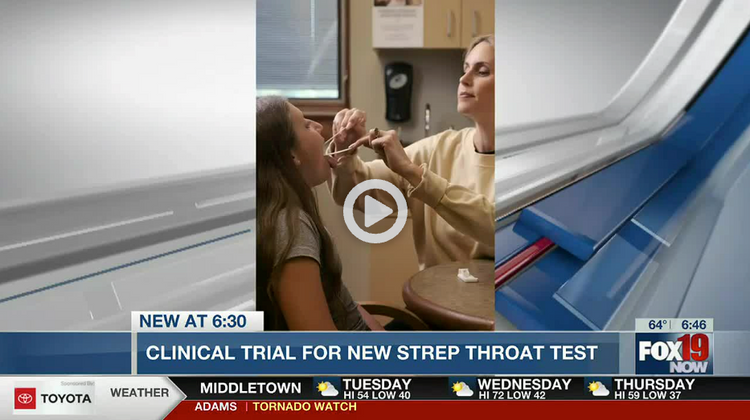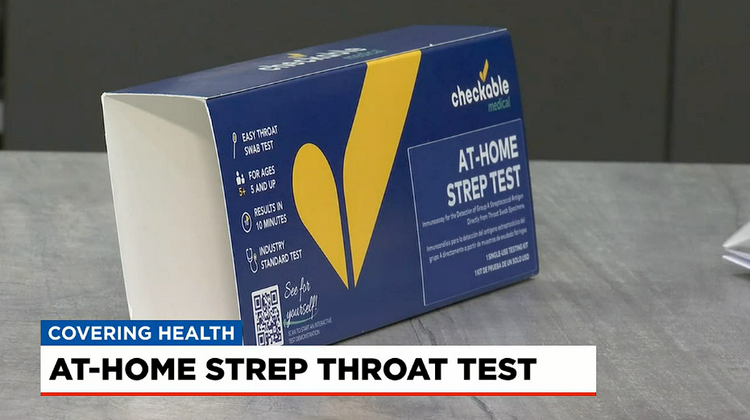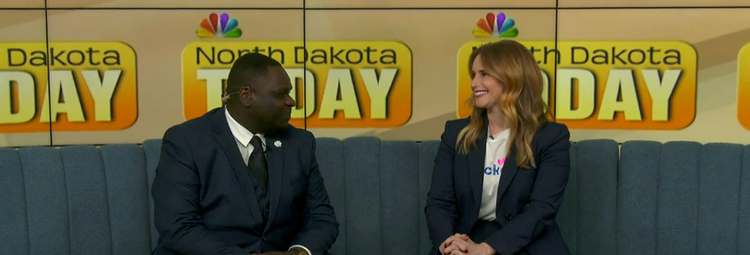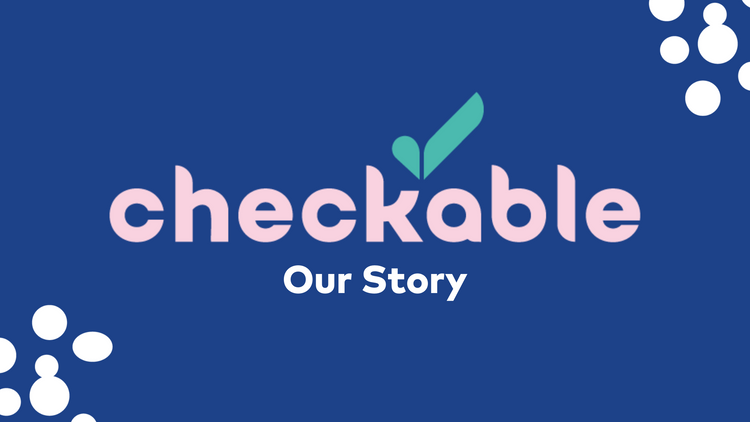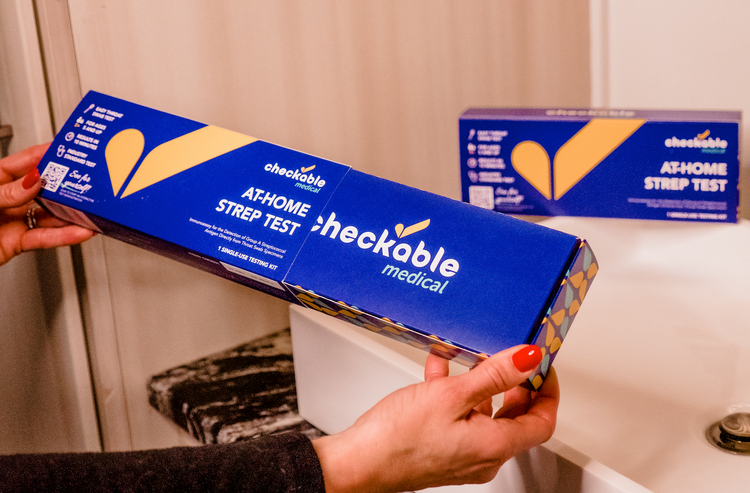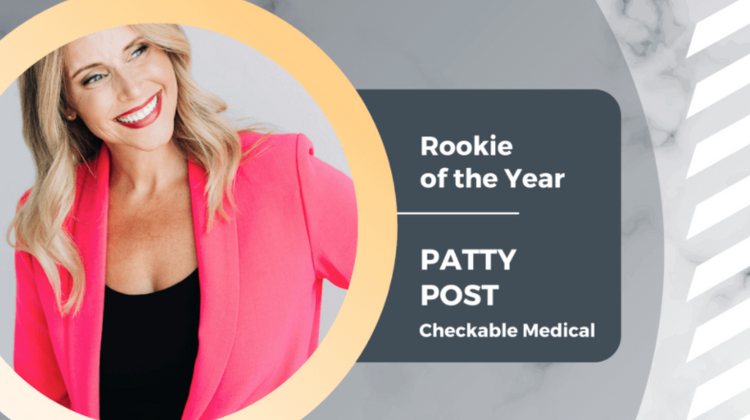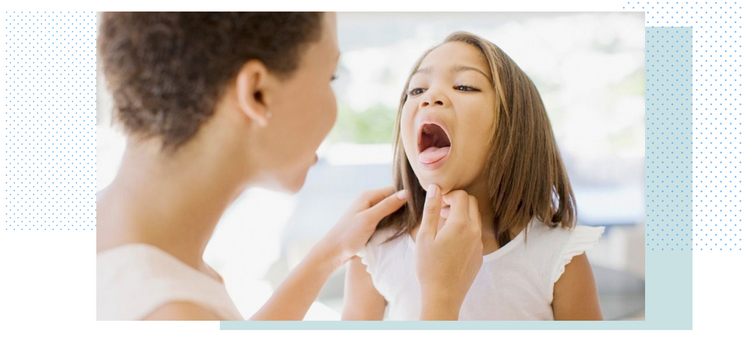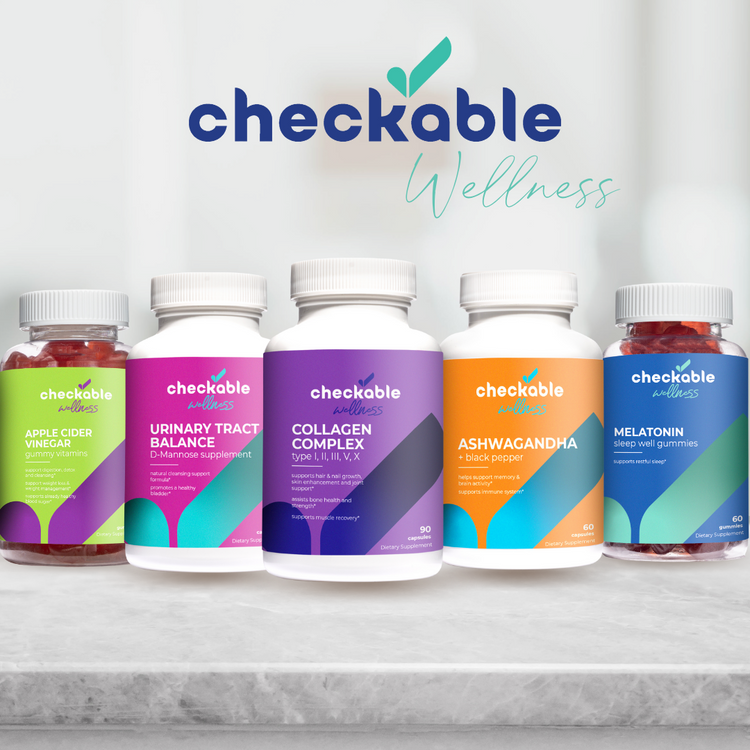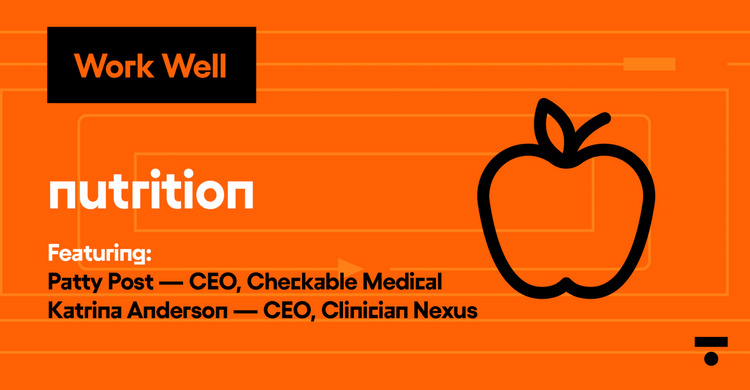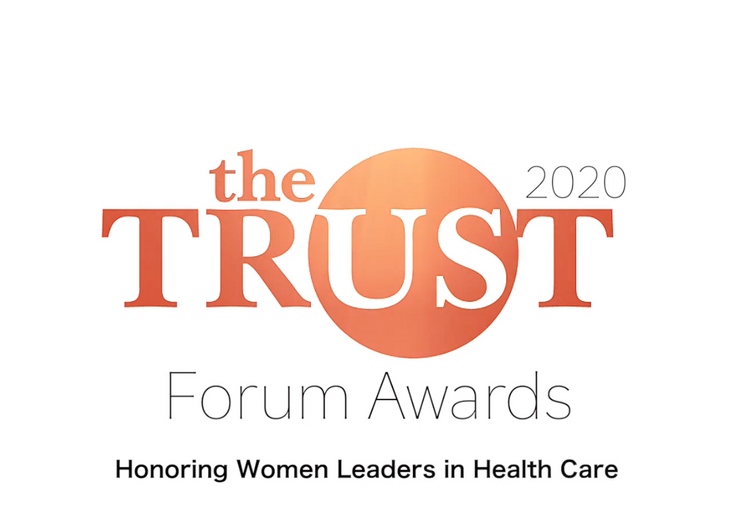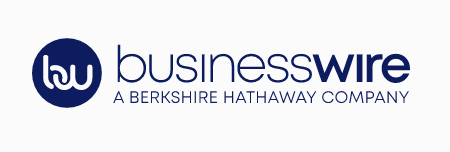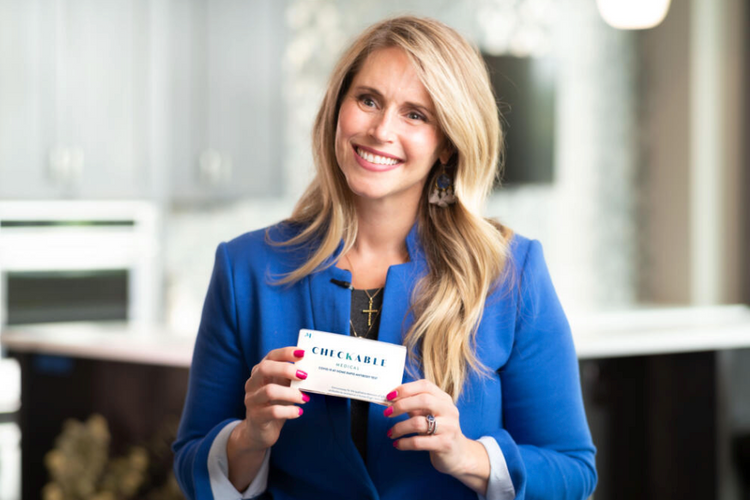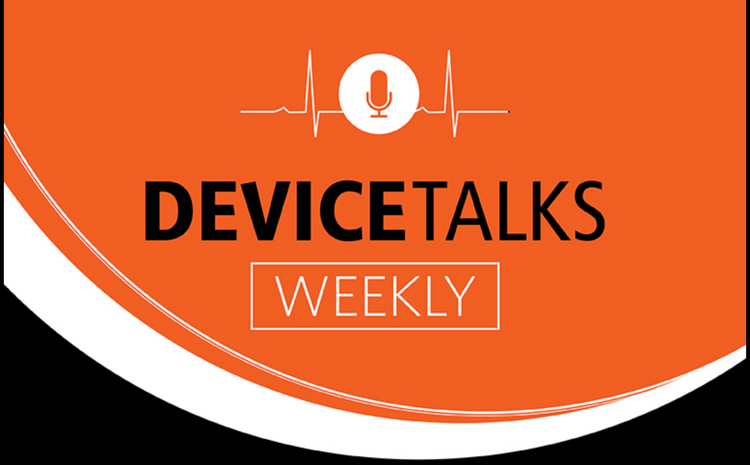
It's that time of year again, ladies, and we're not just talking about pumpkin spice lattes. October is Breast Cancer Awareness Month, a whole month dedicated to raising awareness of this invasive disease and funding research for treatment and cure.
Just reading the words "breast cancer" can make many women panic and worry. And that's pretty normal. Nearly everyone knows someone touched by the disease, and that's scary. But there is a lot of good news about breast cancer these days. Treatments keep getting better, and researchers know more than ever about ways to prevent breast cancer. Recognizing and understanding the warning signs of breast cancer, your risk, and what's normal for you are essential ways to help lower the risk of the disease.
Facts About Breast Cancer:
- 1 in 8 women will be diagnosed with breast cancer in her lifetime—that’s one person every 12 minutes in the US
- Breast cancer is the most common invasive cancer in American women
- The two greatest risk factors of breast cancer are being female and getting older
- Women over the age of 50 are at a higher risk of developing breast cancer
- 65% of breast cancer cases are diagnosed at a localized stage (before it spreads), which means a higher survival rate (99%)
- The presence of lumps in the breast is one of the early breast cancer signs for detection
What exactly is Breast Cancer?
Breast cancer is a disease in which malignant (cancer) cells form in the tissues of the breast. While it can occur in men and women, it is most common in women. Cancer grows when a cell's DNA is damaged. It could be genetic or environmental, or a combination of the two. While increased awareness and early diagnosis have helped cure this cancer, everyone must do their part by adhering to breast cancer prevention practices.
Get your mammograms, mama!
Breast cancer screening with mammograms is lifesaving. Detecting breast cancer early reduces your fatality risk by approximately 30%. Mammograms are a vital preventative diagnostic test to help women and their doctors detect signs of early breast cancer — whether you're experiencing symptoms or not.
A mammogram is a low-dose X-ray that allows your doctor to look for lumps, tumors, or any changes in breast tissue. The machine has two plates that compress the breasts to spread the tissue apart. Mammograms can detect abnormal breast tissue approximately two years before it becomes cancerous. Mammograms also improve your chances of breast conservation. If caught early, localized cancers can be removed without resorting to breast removal (mastectomy). Mammograms don't prevent breast cancer, but they can save lives by finding breast cancer early and offering more treatment options.
Don't be afraid of having a mammography. It is a fast procedure (about 20 minutes), and discomfort is minimal for most women. The American Medical Association, the American College of Obstetricians and Gynecologists, the American College of Radiology, the American Cancer Society, the National Cancer Institute, and the National Comprehensive Cancer Network ALL have issued guidelines saying that all women should be eligible for screening mammograms starting at age 40.
Women at higher risk for breast cancer may need to start mammograms earlier. So, it's best to talk to a doctor by age 30 about any breast cancer risk factors you may have and if you'd benefit from earlier screening. Repeat...unless a woman is deemed high risk for breast cancer or is experiencing symptoms, there is no need for a mammogram before age 40. The first mammogram at age 40 serves as the baseline, followed by annual mammograms thereafter.
Check your breasts
One of the best ways to help prevent breast cancer is to get to know your breasts. Yes, you may think you know your boobs; you've lived with them your whole life. But a breast self-exam is an inspection of your breasts that you do on your own. Monthly breast self-exams can help detect breast cancer early when it's more likely to be treated successfully.
To help increase your breast awareness, you use your eyes and hands to determine if there are any changes to the look and feel of your breasts. Regularly doing breast self-exams is not a substitute for mammogram screening, but you should be familiar with your breasts so that you can tell your doctor if you notice any changes in how your breasts look or feel.
Step-by-step guide on how to do a breast cancer self-exam

- Step 1: Stand in front of a mirror with your shoulders straight and hands on your hip and look for changes in the size, shape, texture, swelling, or indented area on the breasts. If you see any symptoms like an inverted nipple, redness, soreness, dimpling of the skin around the breast, or any signs mentioned above, seek medical attention immediately.
- Step 2: Raise your hands above your head to look for the same changes in the mirror. At the same time, look for any signs of discharge from the nipples.
- Step 3: Lay down and feel your breasts one at a time using opposite hands, that is, the right hand to feel the left breast and the left hand to touch the right breast. Use your fingers, keep them together, and apply light, medium, and firm pressure on different areas of the breast. Try to use the pads, not the very tips, of your three middle fingers for the exam. Follow a consistent pattern, such as moving your hands in small circles or moving them up and down to ensure you cover the entire breast area. The latter pattern has proved to work for most women.
- Step 4: Feel your breasts one more time while in the shower. Lather your fingers and breasts with soap to help your fingers glide more smoothly over your skin. This helps get a better feel and grip. Again, ensure that you cover your entire breast area.
Finding a change or lump in your breast is not a reason to panic. Many women will find lumps or changes in their breasts since some of these are normal changes that occur at various points in the menstrual cycle. Breasts often feel different in different places. A firm ridge along the bottom of each breast is normal, for instance. The look and feel of your breasts will change as you age.
Top tips to reduce your risk of breast cancer
Many factors throughout a lifetime can influence your breast cancer risk. You can't change some factors, such as getting older or your family history, but you can help lower your risk of breast cancer by taking care of your health in the following ways — According to the CDC, following these tips can help prevent breast cancer:
- Keep a healthy weight. Being overweight can increase the risk of many different cancers, including breast cancer, especially after menopause.
- Be physically active. Women who are physically active for at least 30 minutes daily have a lower risk of breast cancer.
- Eat your veggies! A healthy diet can help lower the risk of breast cancer. Try to eat lots of fruits and vegetables with nutrients and antioxidants proven to fight cancer. Green vegetables help make the body more alkaline.
- Say no to alcohol or drink in moderation. Yup, drinking can increase the risk of breast cancer. Not drinking it all is the overall healthiest choice.
- Avoid birth control pills, especially after age 35. Birth control pills have both risks and benefits. The younger you are, the lower the chances of breast cancer. This risk goes away quickly after stopping the pill. Ask your doctor about the risks and determine if it is right for you.
- Avoid menopausal hormone therapy. Studies show it can increase the risk of breast cancer. If women take menopausal hormone therapy, it should be for the shortest time possible.
- Breastfeed your children, if possible. Breastfeeding for a total of one year or more (combined for all children) lowers the risk of breast cancer.
- Know your family history! If you have a family history of breast cancer or inherited changes in your BRCA1 and BRCA2 genes, talk to your doctor about other ways to lower your risk. Women with a strong family history of cancer can take special steps to protect themselves, so it's important for women to know their family history.
Staying healthy throughout your life will lower your risk of developing cancer and improve your chances of surviving cancer if it does happen. Early detection of breast cancer is key and not only can save your beautiful breasts but can also save your life. Help lower your risk by getting your annual mammograms, doing a monthly self-breast exam, and knowing your family history. Your tatas are counting on it.
Life is too short to sit in a doctor’s office
Sign up for our weekly newsletter and get valuable healthcare tips and tricks in your inbox!
Sign up now and unsubscribe anytime.
- Choosing a selection results in a full page refresh.
- Press the space key then arrow keys to make a selection.



